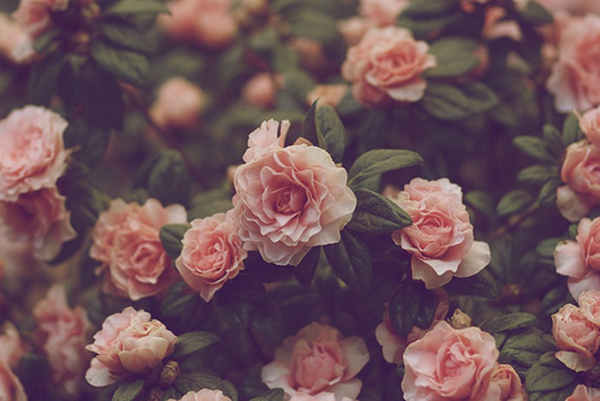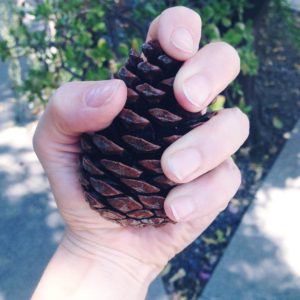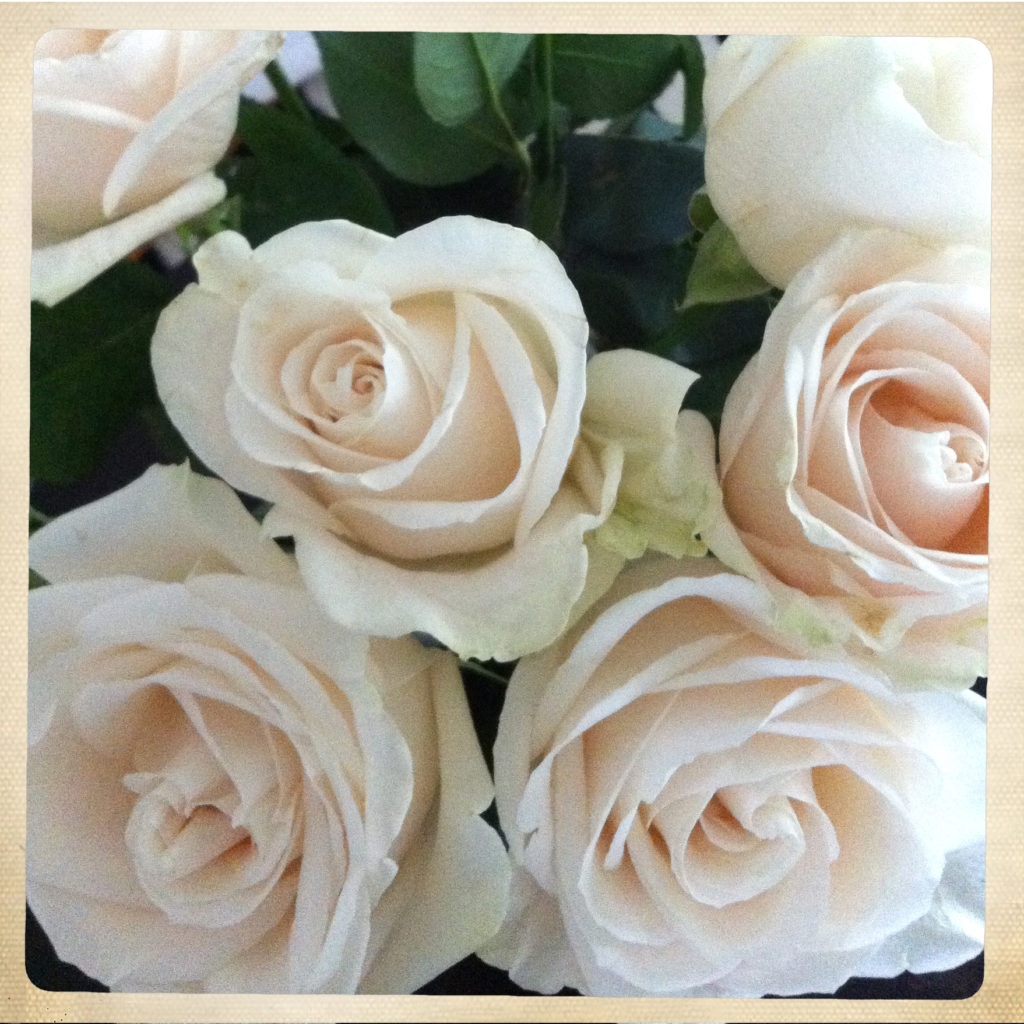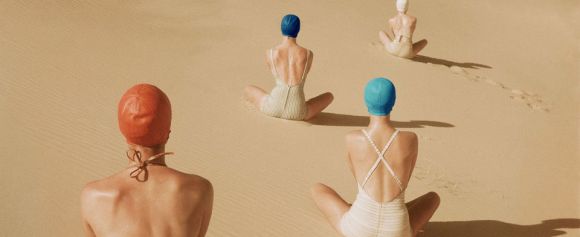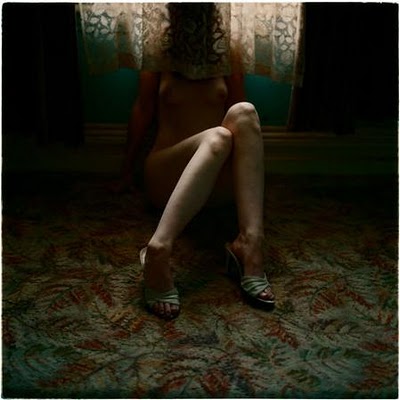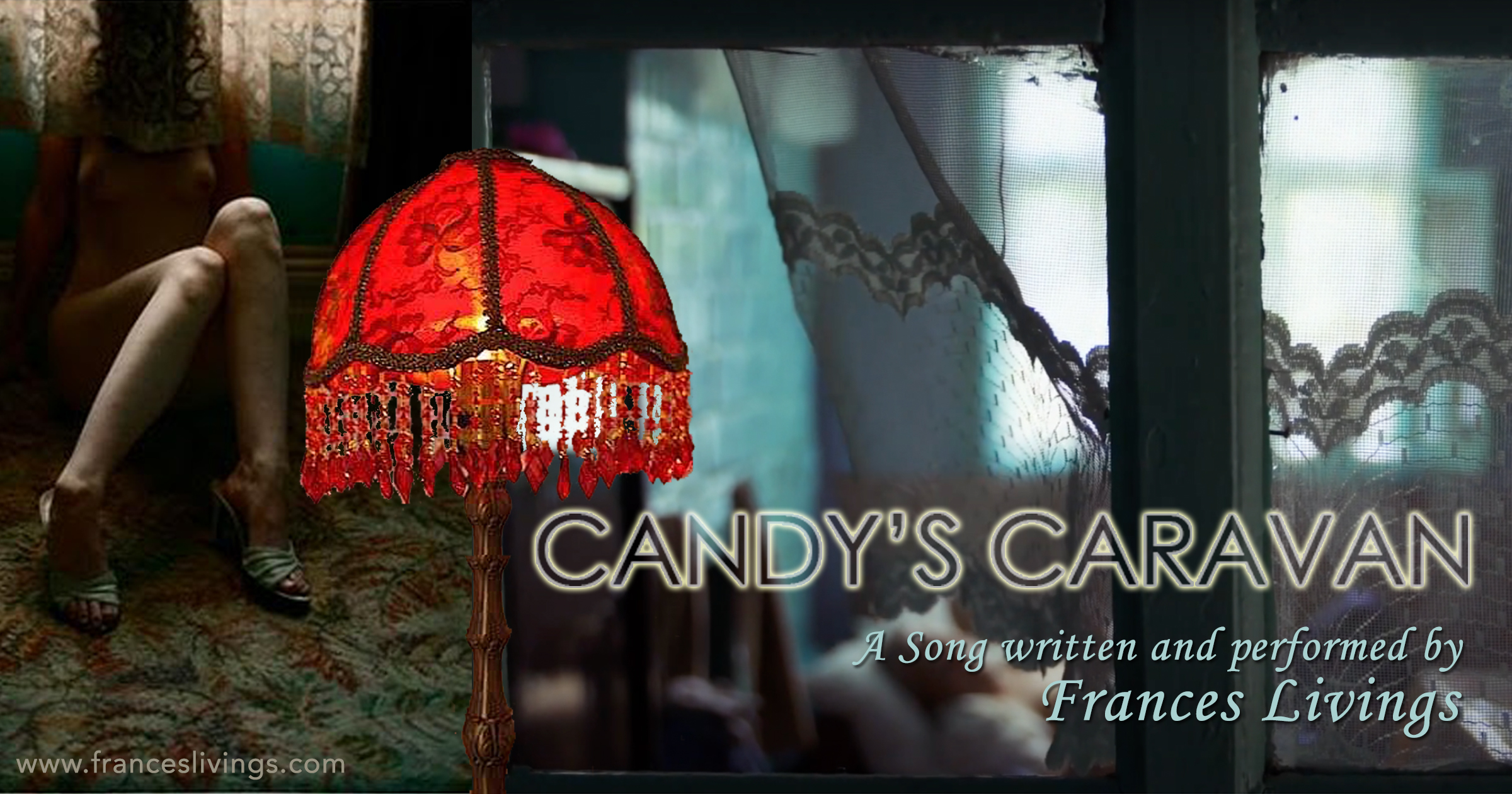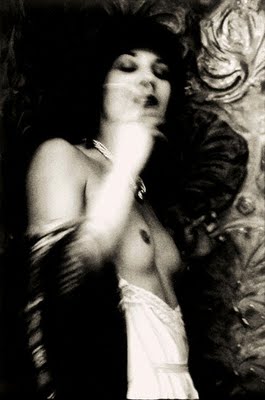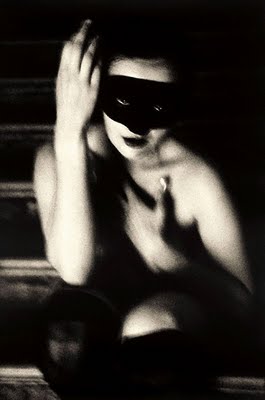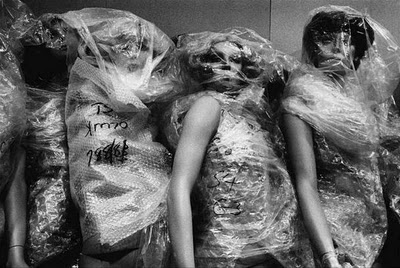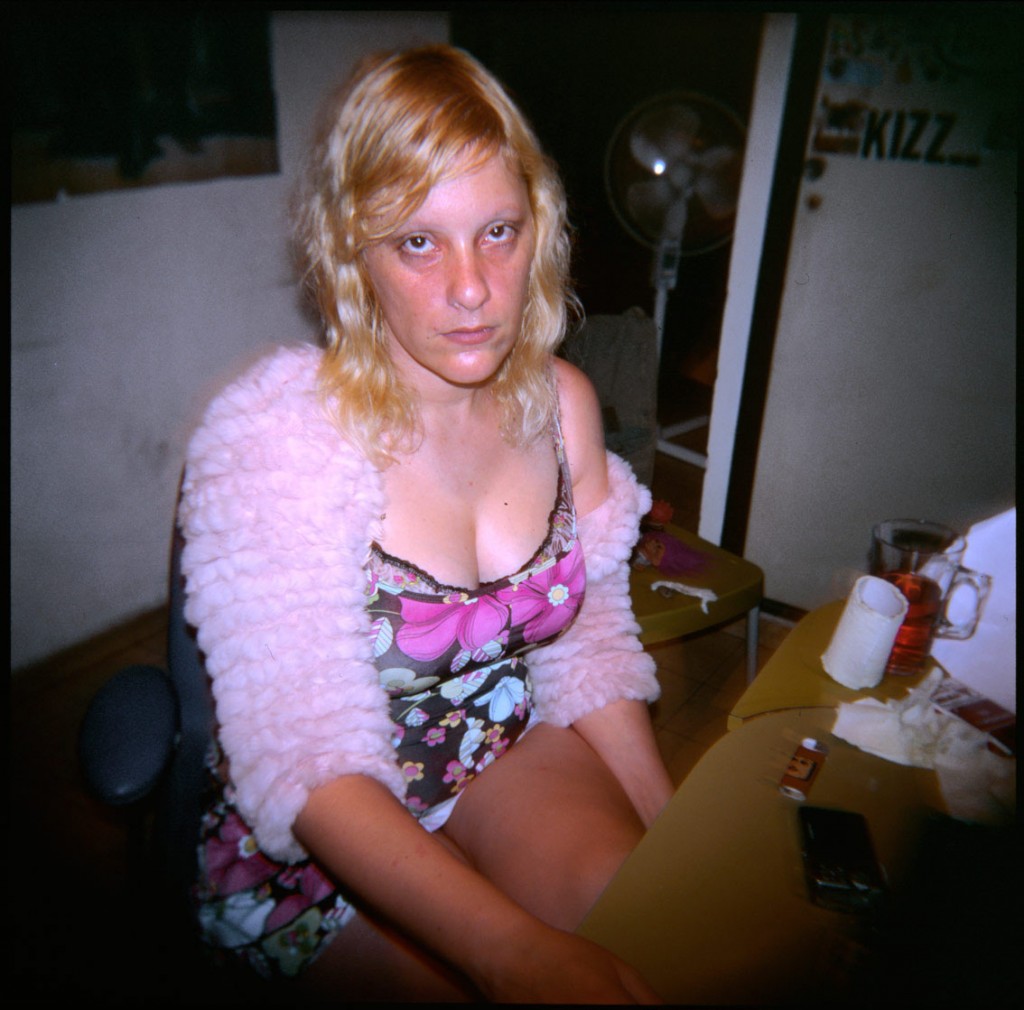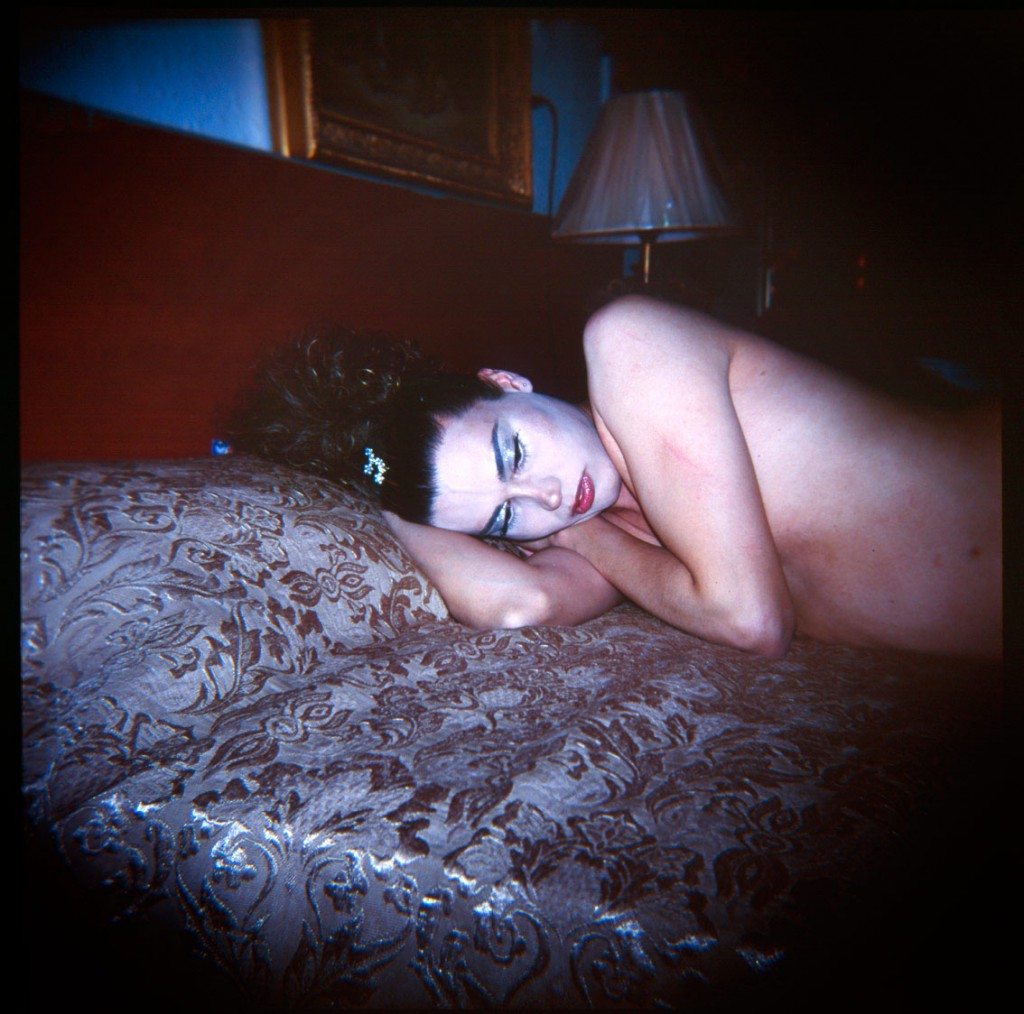It’s Tuesday, so-called “Taco Tuesday” to be precise. Beaming at everyone with a Californian sunshine smile, a young “dude” with a white cap and the gestures of a 1920’s hotel bellboy is handing out samples. I’m in a hurry and shake my head to decline. “It’s vegan!” he says quickly, as if that would be the ultimate selling point, passing me a small paper cup with a barely bite sized nibble. I thank him. It looks a bit like shriveled up cat food so I tip the contents into my mouth and chew… it tastes ok – for cat food.
Throughout the store the cool air is permeated with the sickly smell of freshly pressed wheat grass, mingled with the heavy aromas of roasted, fair trade coffee beans and hot, free range lemon chickens. Take-out dinners galore are flying off the shelves: golden slices of freshly baked truffle pizza, extravagantly shaped bottles of pomegranate juice, barley-spinach salad, curry tofu, eggplant hummus and rainbow sushi – you name it. The choices are overwhelming and the prices astronomical.
I am at Whole Foods, one of Los Angeles’ most popular health food supermarkets. Only half jokingly, people also call it Whole Paycheck. Founded in 1980 in Austin Texas, and beginning its expansion only four years later – to California in 1989 and to the UK in 2007. This one is located just behind the popular Farmer’s Market and The Grove on Third Street. The location has always struck me as odd. It’s wedged between the drugstore CVS, a row of cheap boutiques with discount clothes from China, bargain wig shops and Kmart.
All of these stores share the same huge parking lot: an asphalt arena sporting two anorexic palm trees that heats up unbearably from the permanent glare of the sun. This definitely isn’t quite the setting you would normally think of when purchasing organic Deep Breathe Tea, fair trade organic quinoa and Yoga mats made from recycled plastic water bottles. Because this is also where regularly verbal fights, vicious glares, dirty hand signs and other mostly empty threats over parking spaces are exchanged. Especially when temperatures around noon start rising and the pressure of shopping for certain holidays, mostly equated with food, are approaching. Parking around Thanksgiving? Forget. It. A while ago a rapper even recoded a video titled “Whole Foods Parking Lot”.
Generally, in Los Angeles parking is not only a problem but a phenomenon – unlike in any other city I have ever visited. Whatever you attend in Los Angeles, the first question will be: “What’s parking like?” or “Where did you park?”. When posting events to mailing list subscribers or sending out invitations to private parties, some people will even boast about “great parking” or even “free parking!!!!!!!!!!!!” In which case I should add a row of exclamation marks too, because at Whole Foods parking is FREEEEE!!!!! (and your mattress is too but that’s a whole other story….).
For Los Angeles this is indeed very unusual because most of the time it can be quite aggravating and expensive to find a parking spot which was why driving services like Lyft and Uber have become so successful. Usually, if you didn’t want to risk a parking ticket, or drive in circles for hours, you would have to surrender to paying between $5 and $10 for valet parking. That was something I had never heard of before visiting Los Angeles for the very first time in June 2005 and something that seemed so endlessly posh and extravagant at the time for someone like me, so used to taking public transportation or going by bike. That is however, in Los Angeles, something only people do who clearly couldn’t afford a car.
But that’s exactly one of Los Angeles’ main attributes, a deep divide between social groups which is strangely epitomized in that very cluster of stores: Whole Foods’ lunching and munching impulse-shoppers and fussy label-readers couldn’t be more opposed to the coupon-clipping, bargain hunting low-income families that frequent American superstores like K-Mart. These poor, frequently obese consumers you will find eating a GMO-laden corn dog (or two, or three) before they head back to their beaten up Chevy with their jumbo, jam-packed shopping cart, drinking out of oversized plastic beakers sporting words like “BIG GULP”.
The average crowd at Whole Foods has most likely got a BMI of 23 and is ethnically an unbalanced mix of generally youngish, Silver Lake’ish, white Caucasians. Then there are of course the celebrities I never recognize and brigades of mostly South American housekeepers and nannies filling up shopping carts. There are always a few street people roaming the aisles, seeking for samples, clueless tourists wandering around mostly looking to quench their thirst and soothe their sunburn and security guards languidly eyeing everyone but mostly their iPhones.
It’s lunchtime and like so often, it is absolutely packed. I have been darting through the isles like a slalom skier at the Winter Olympics but have successfully been able to avoid confrontation with other shoppers. Now finally, feeling relieved but highly agitated, I have reached the check-out queue, shopping basket in hand, well-knowing that my three and a half items will cost at least thirty dollars.
To add to this slightly frantic atmosphere, disco music is blaring out of the loud speakers, interrupted every now and then by someone mumbling incomprehensible slogans. I only catch fragments, “grass fed…organic…Taco Tuesday” Then the sound of Donna Summer’s Bad Girls picks up again. I suddenly realize that, behind two turntables, set up between the vitamins and cereals isles, there is a DJ juggling vinyl records. Dressed in the obligatory hipsters’ uniform; a large woolly hat, black framed glasses and a full sleeve tattoo, he knowingly nods his head to the beat. I wonder how long it takes him to comb his beard in the mornings and whether he has strange hobbies like competitive wood chopping.
Suddenly, to my horror, I realize that I have of course chosen the wrong queue. Other shoppers have already begun flocking towards the alternative ones and a bored looking Asian guy is now standing behind me with a very reluctant look on his face. It’s too late now to change queues. And it’s Murphy’s law somehow, that whichever one you switch to, your original lane will suddenly speed up and you’ll take even longer to check out. But now I’m stuck behind a short blonde, clad in expensive looking yoga wear, frantically trying to discuss lunch choices with her two-year old.
With an annoyingly high-pitched Valley girl voice she lists organic macaroni and lactose free cheese, versus gluten free spaghetti with vegan meat sauce. She isn’t paying any real attention to her frustrated child who is simply overwhelmed by the complexity of these choices. Tears are already welling in his big eyes and it’s obvious that he is dangerously close to throwing a tantrum. Annoyingly, she’s not taking any notice of the cashier either, who is looking to check out her items that she is still waving in front of her child. But the bored looking dude at the check-out is either just far too patient or has taken too much Xanax to care. Then the blonde woman’s mobile phone makes a “ding!” sound and her focus is immediately drawn to a text message she hastily starts responding to. I indulge in one last eye-roll and turn away.
Standing there in one of Los Angeles’ most iconic take-out food temples, I realize once again, how this overindulgent and lavish lifestyle, that at the same time, is so disconnected and distracted sometimes, really depresses me. Every neuroticism is pandered to, guaranteeing the fulfillment of every food fad or first-world hysteria, whether gluten free, vegan or organic. I watch the blonde mother virtually stress her young child by trying to project her own neuroticisms and neediness onto a child that simply needs food, a simple lunch, as nourishment. But it’s not about him, not really. It’s about her. Which is exactly what sometimes so bothers me, being so frequently witness to people’s narcissism.
Waiting there in that queue I feel as if I’m drowning in this extremely high concentration of the Me! society that pollutes the air in most of L.A. Not only at Whole Foods but in so many other places, in relationship to food, you hear these high pitched voices nauseatingly screeching, “OMG. I so need to eat!” which means, “Go run! Now! P.A./assistant/other slave-like person and fetch me a highly complicated list of goods and ingredients to show how well I care for myself and how much I love and embrace my needy little inner child, like my therapist and yoga teacher told me to: “Panini – only roasted for two minutes, one side only, no cheese, extra onions, coleslaw on the side (extra plate and extra pickles), triple mocha latte (soy milk)…” You would think if someone can be bothered to give out all of these meticulous instructions, they could as well make it themselves…
But this is why Whole Foods, with its seeming endless variety of products, is the ultimate supplier and why its popularity reaches its peak at meals times. It crawls with customers who, like spoilt little children, are on a constant search to claim their uniqueness and exclusivity even in their selection of prepared lunches, carrying with them an air of entitlement – to special favours, to special treatment. I watch this disconnect, that keeps the aspiring narcissist neatly tucked into their cushion of grandiosity, with much discomfort. It sadly also seems so be representative of a culture that feeds and grooms the me-generation with the terror of now! The strain and the demand of instant supply and therefore instant gratification. It is deeply connected to the terror of busy. I’m so busy, have no time to prepare food I am therefore important. I therefore am. So even food consumption, like most of the city itself, has become a huge, self-inflating and promoting production. What happened to the good old cheese sandwich, a boiled egg and an apple?

